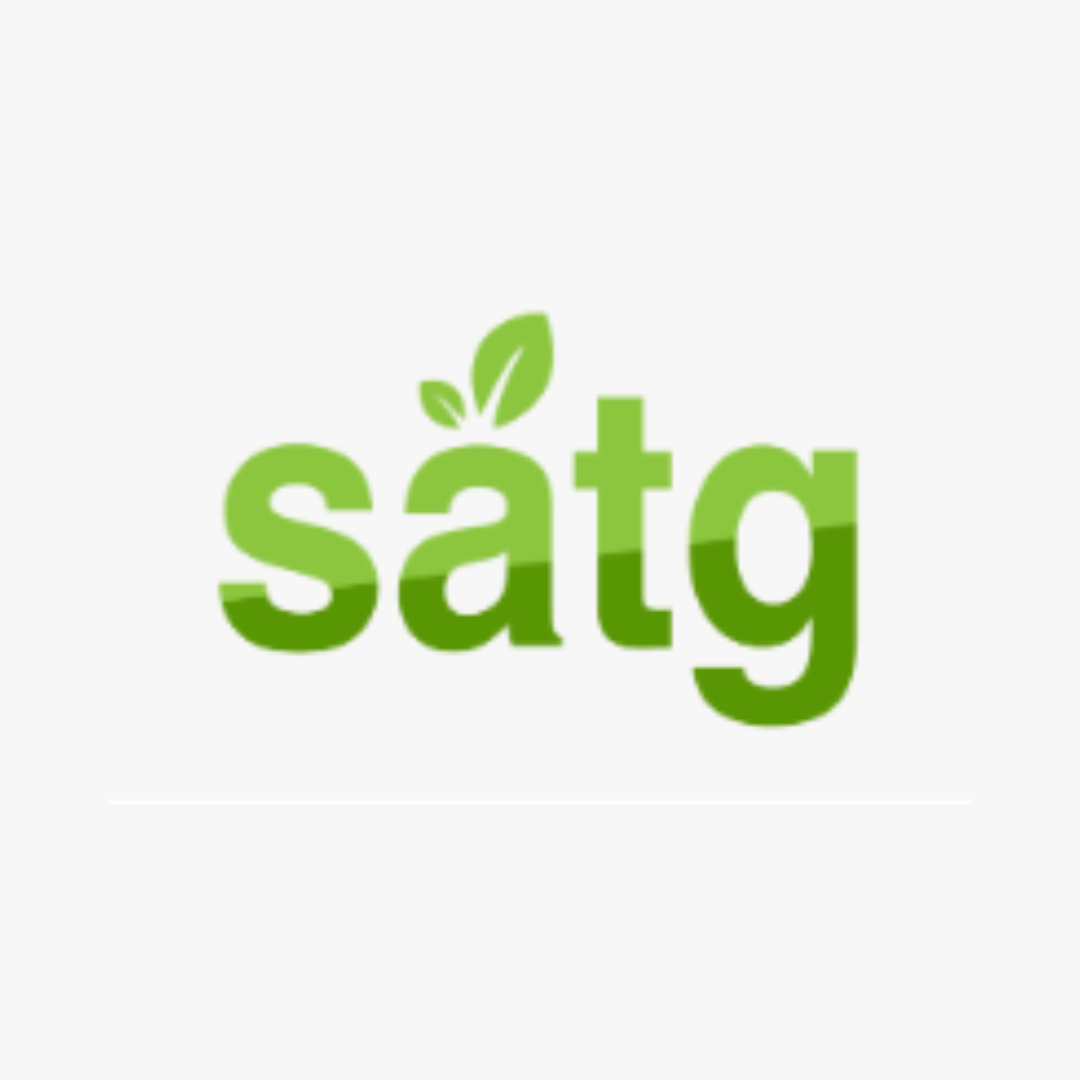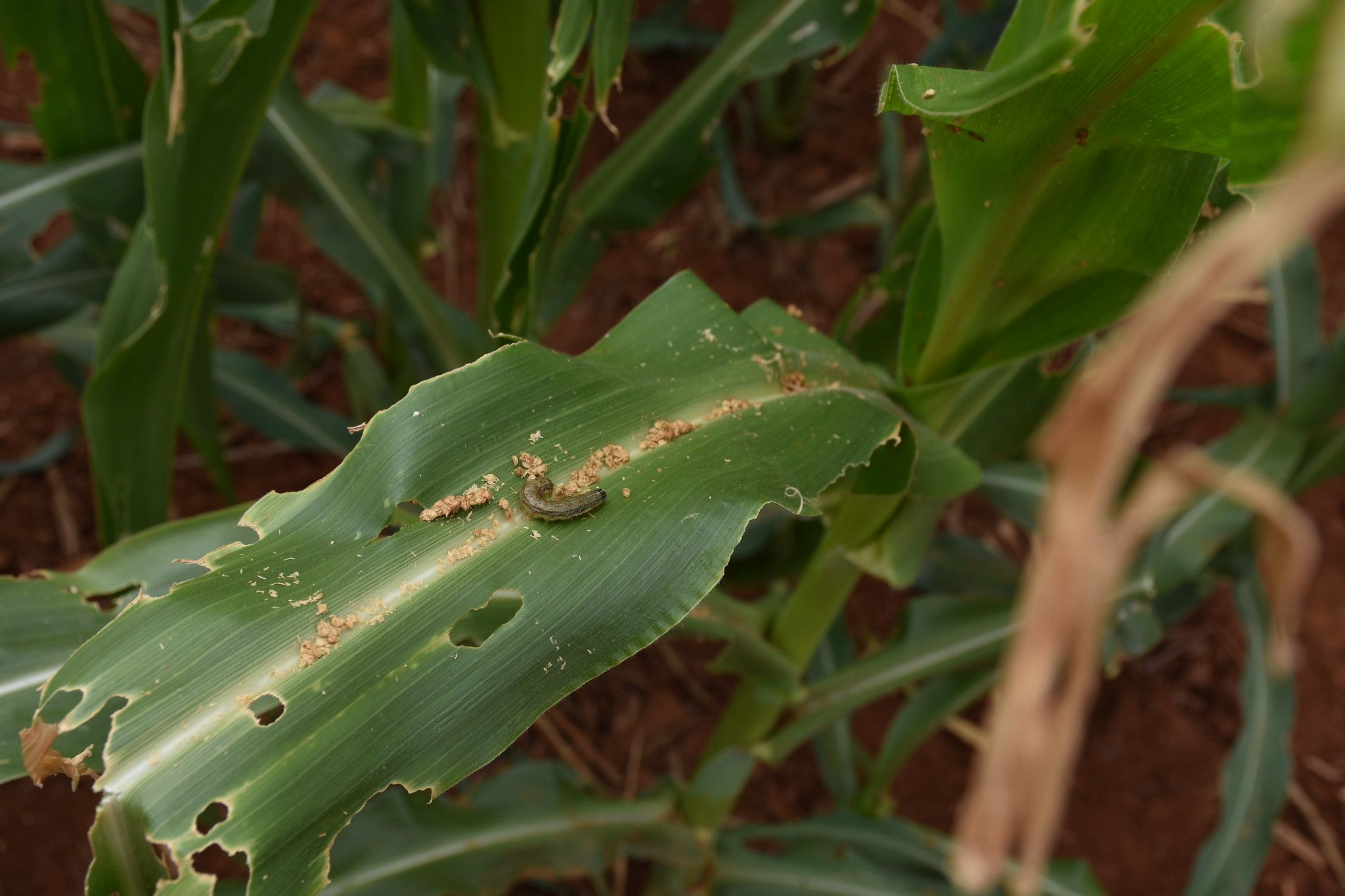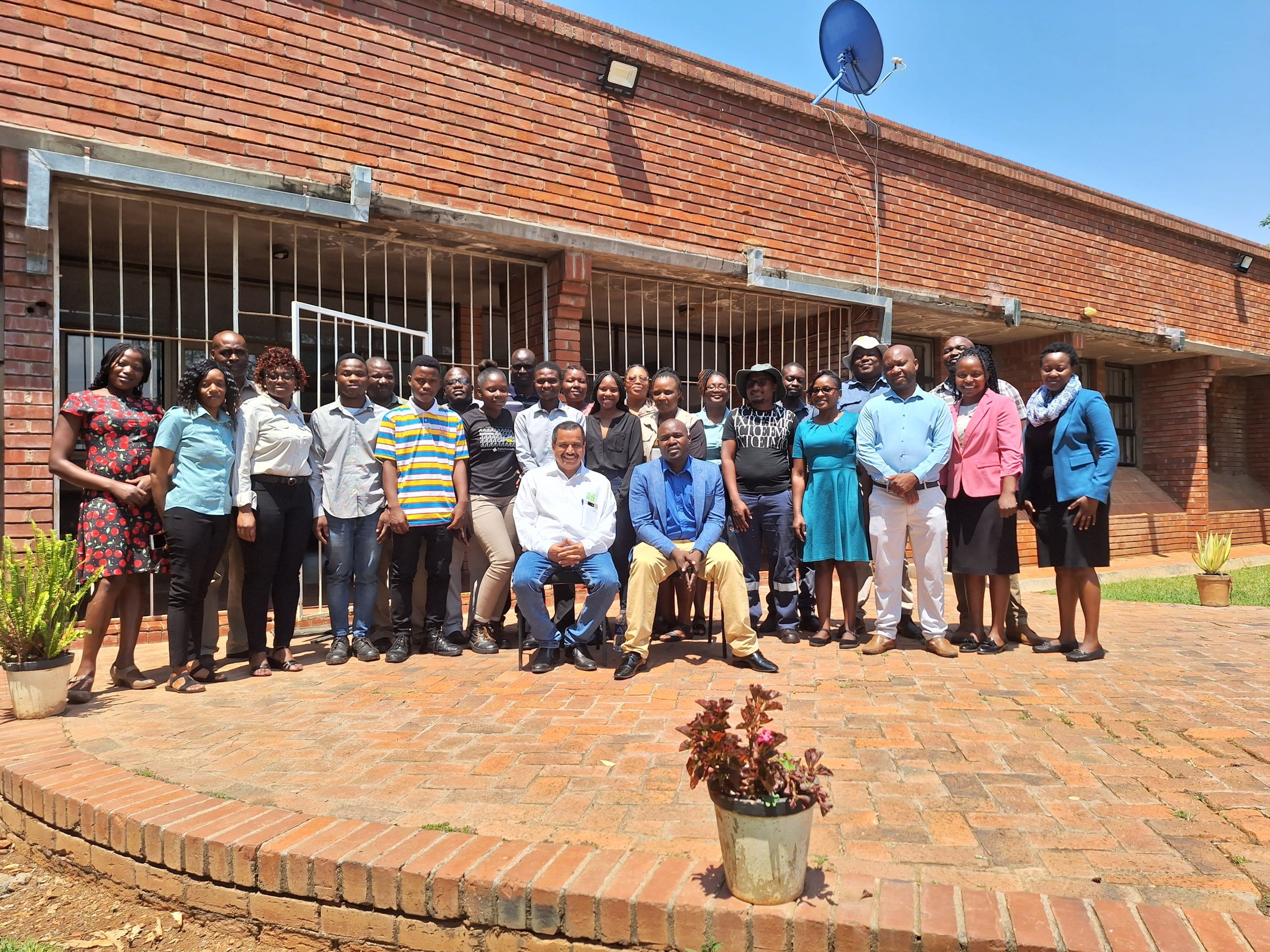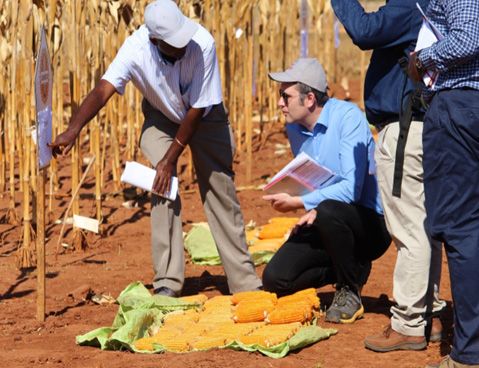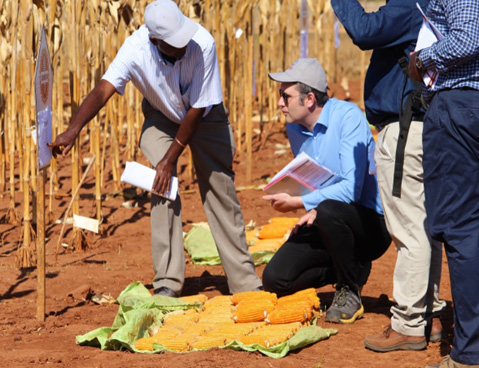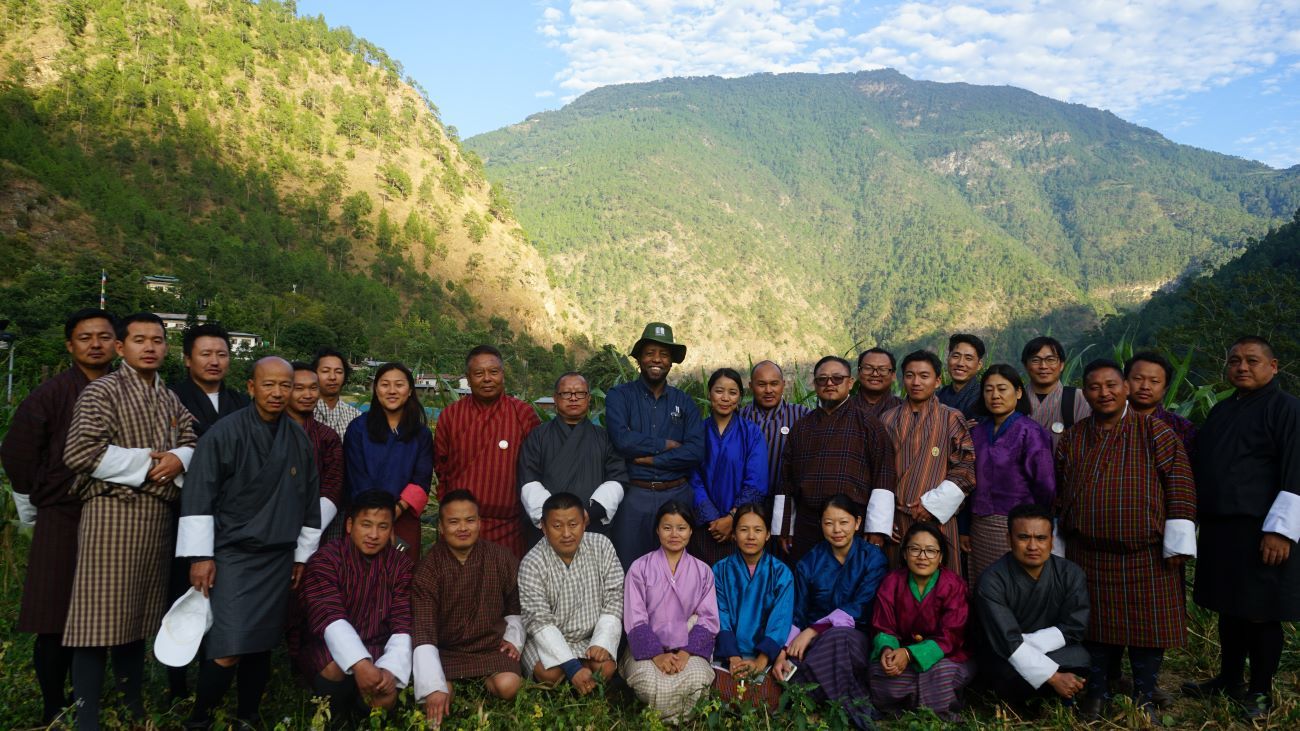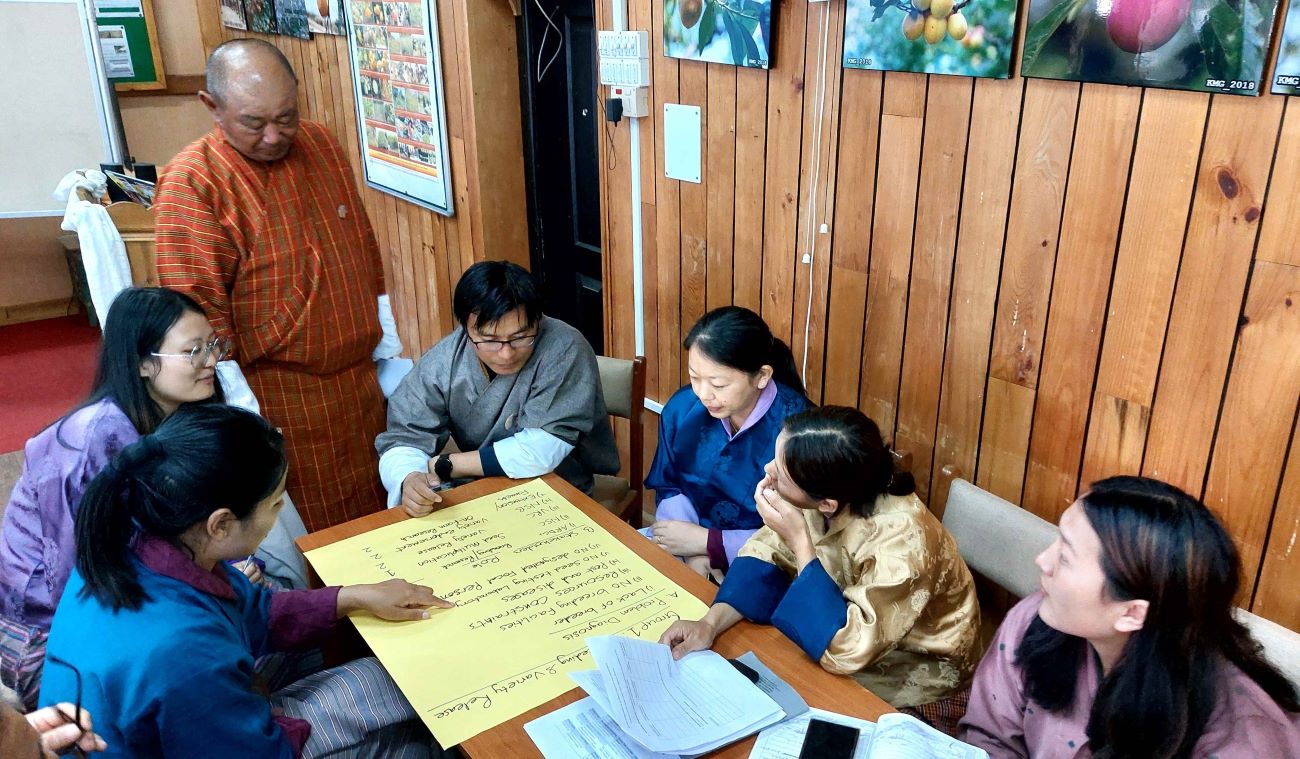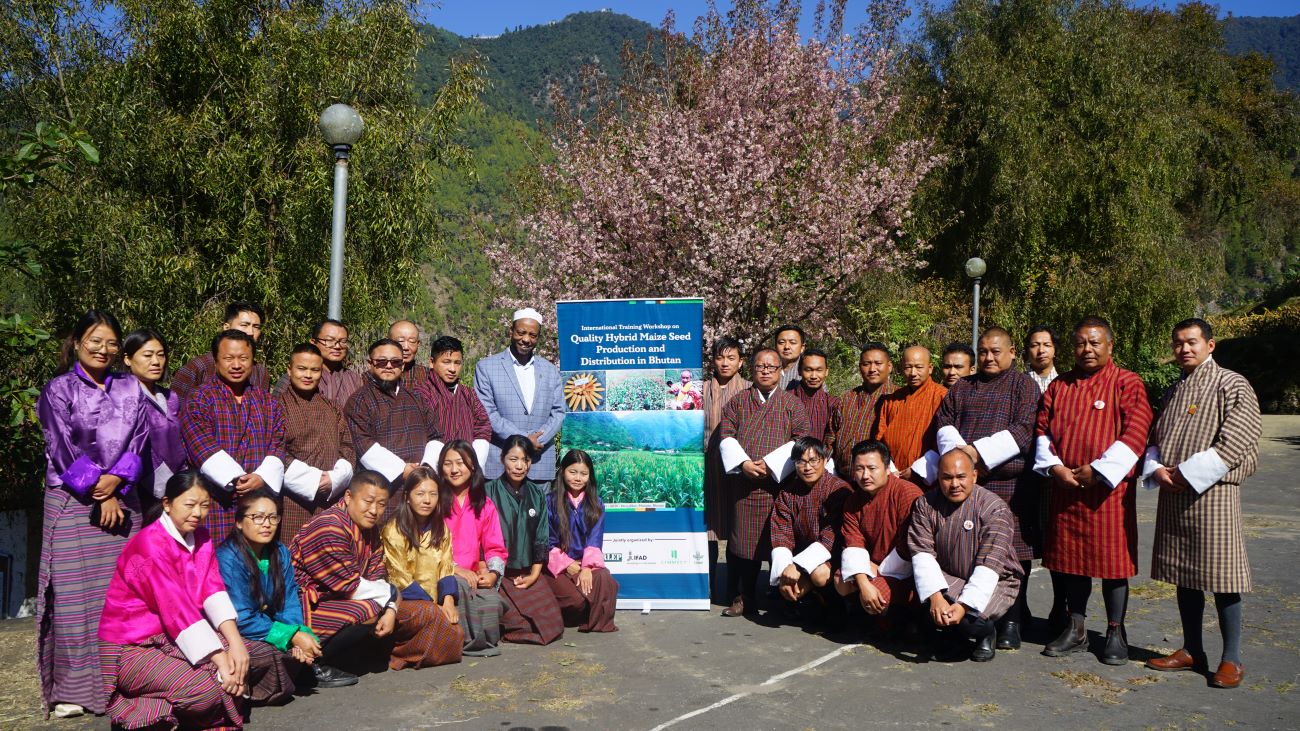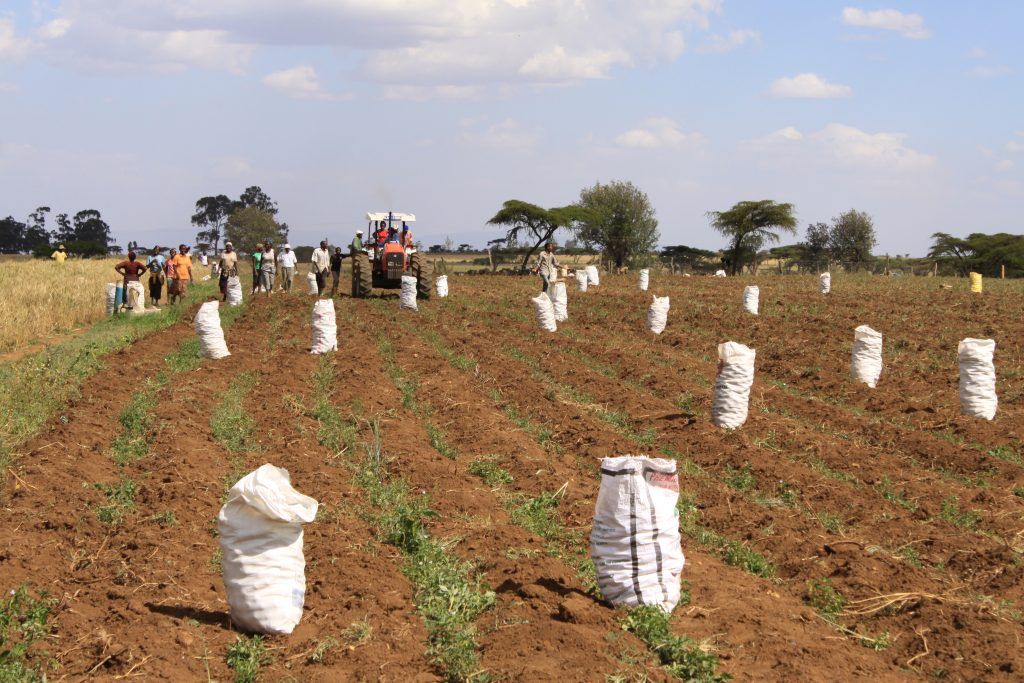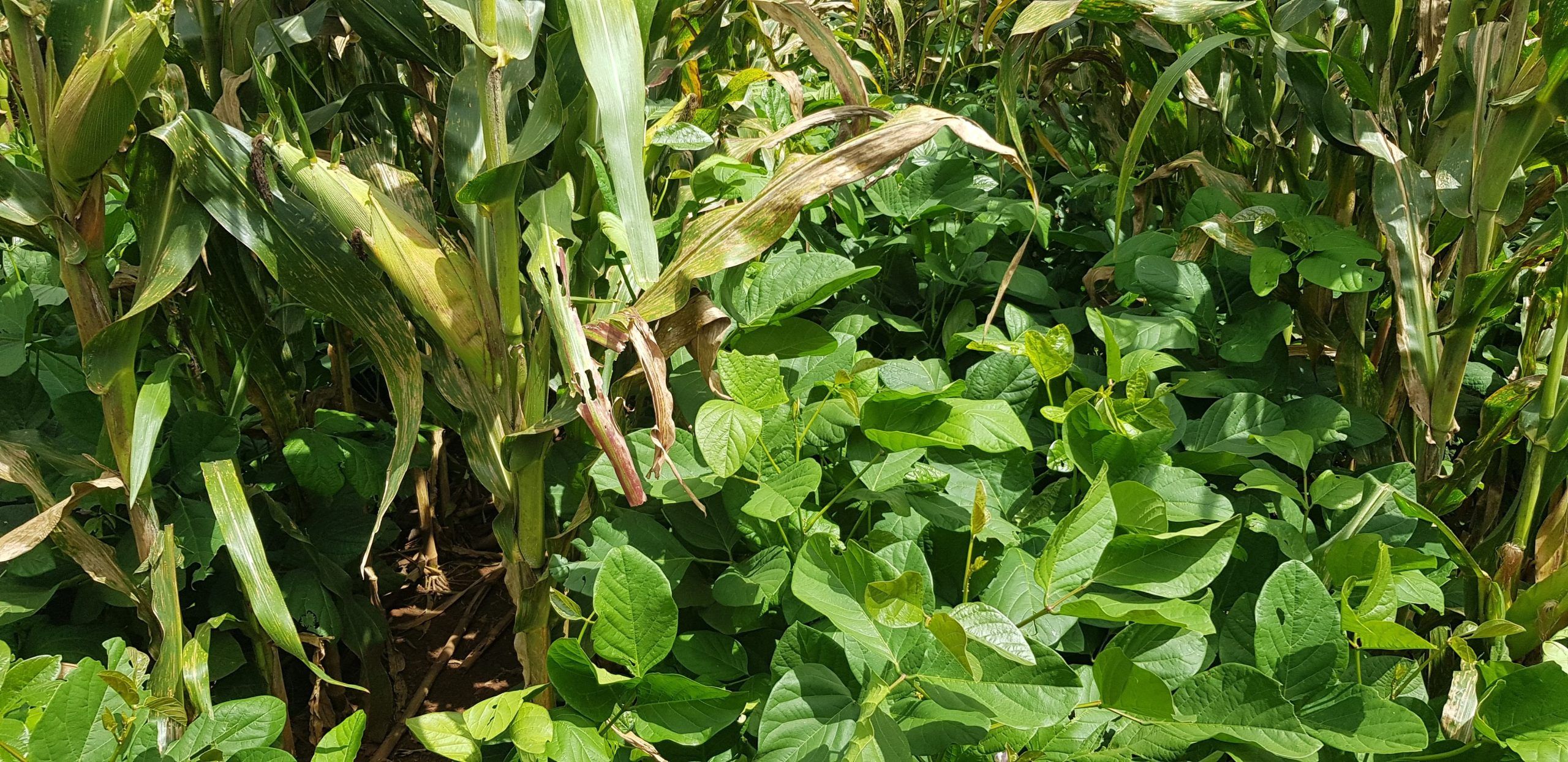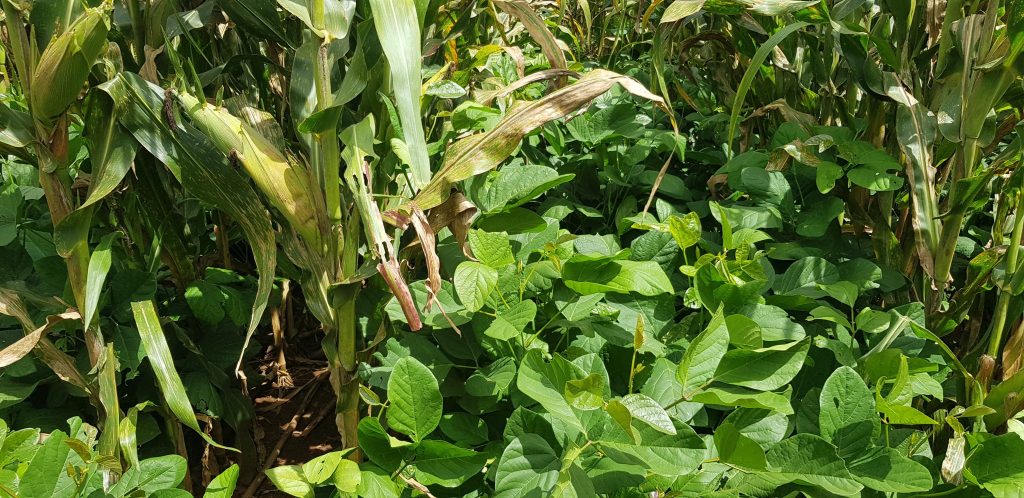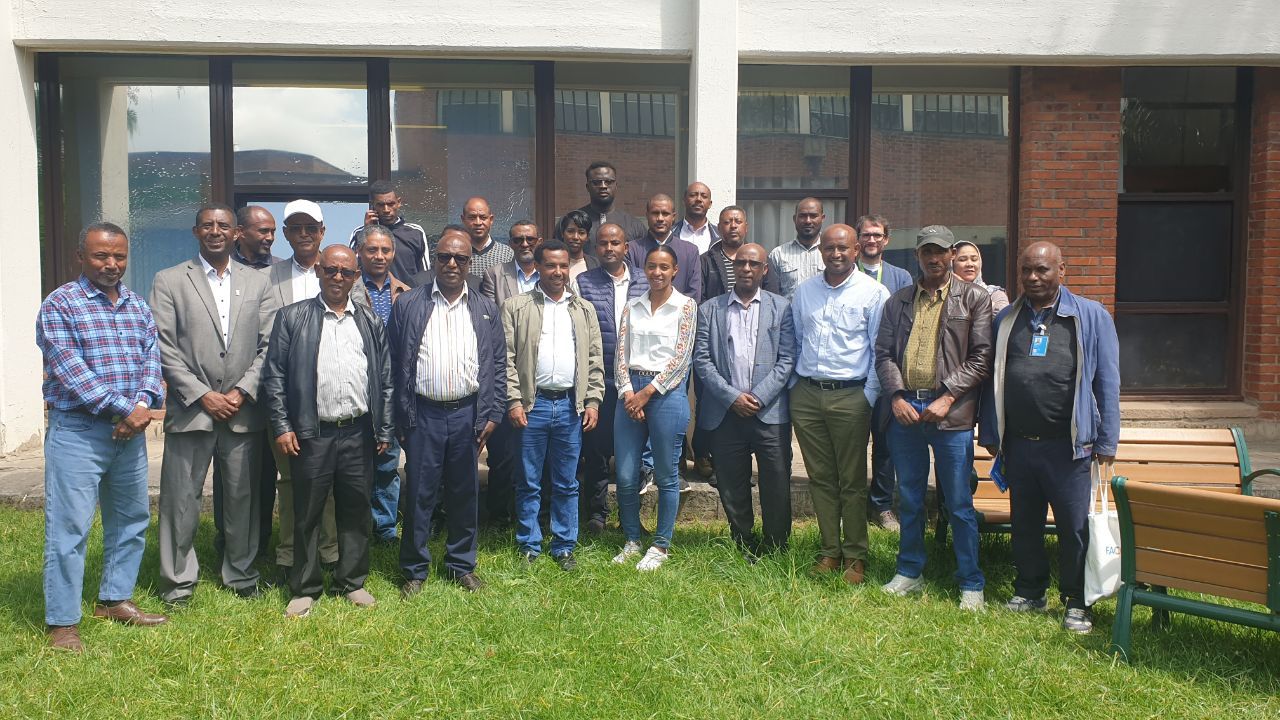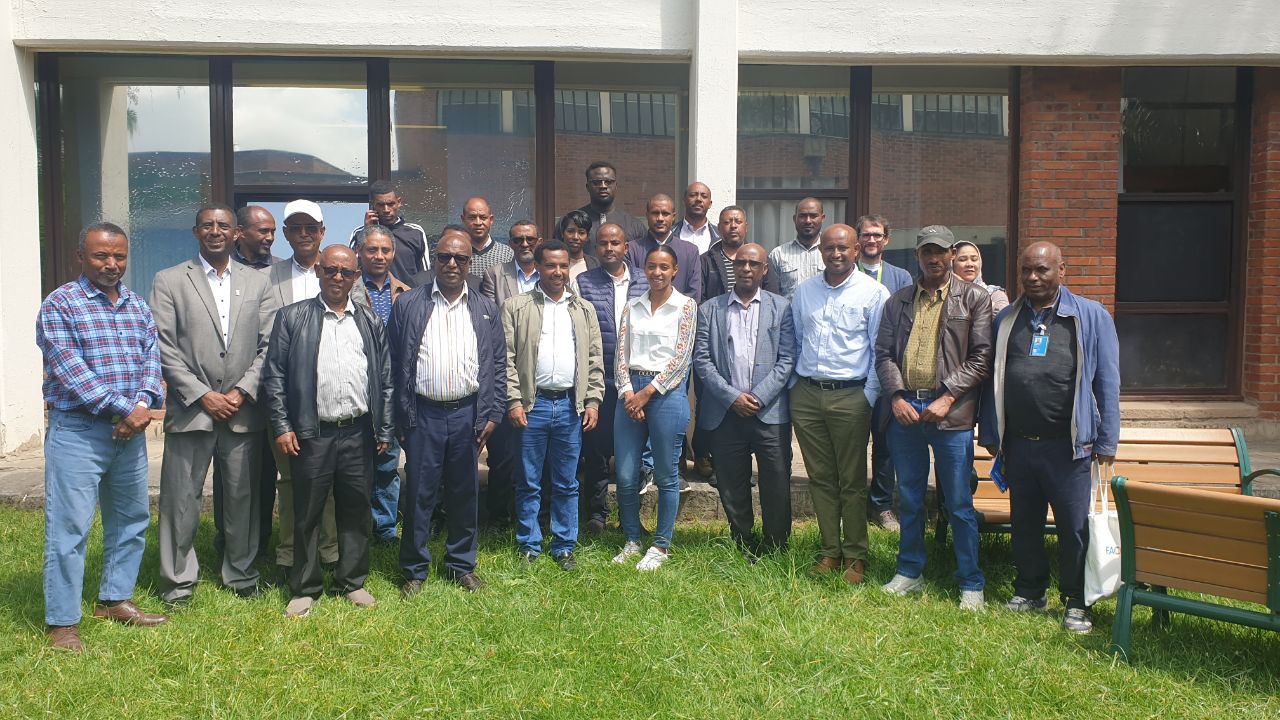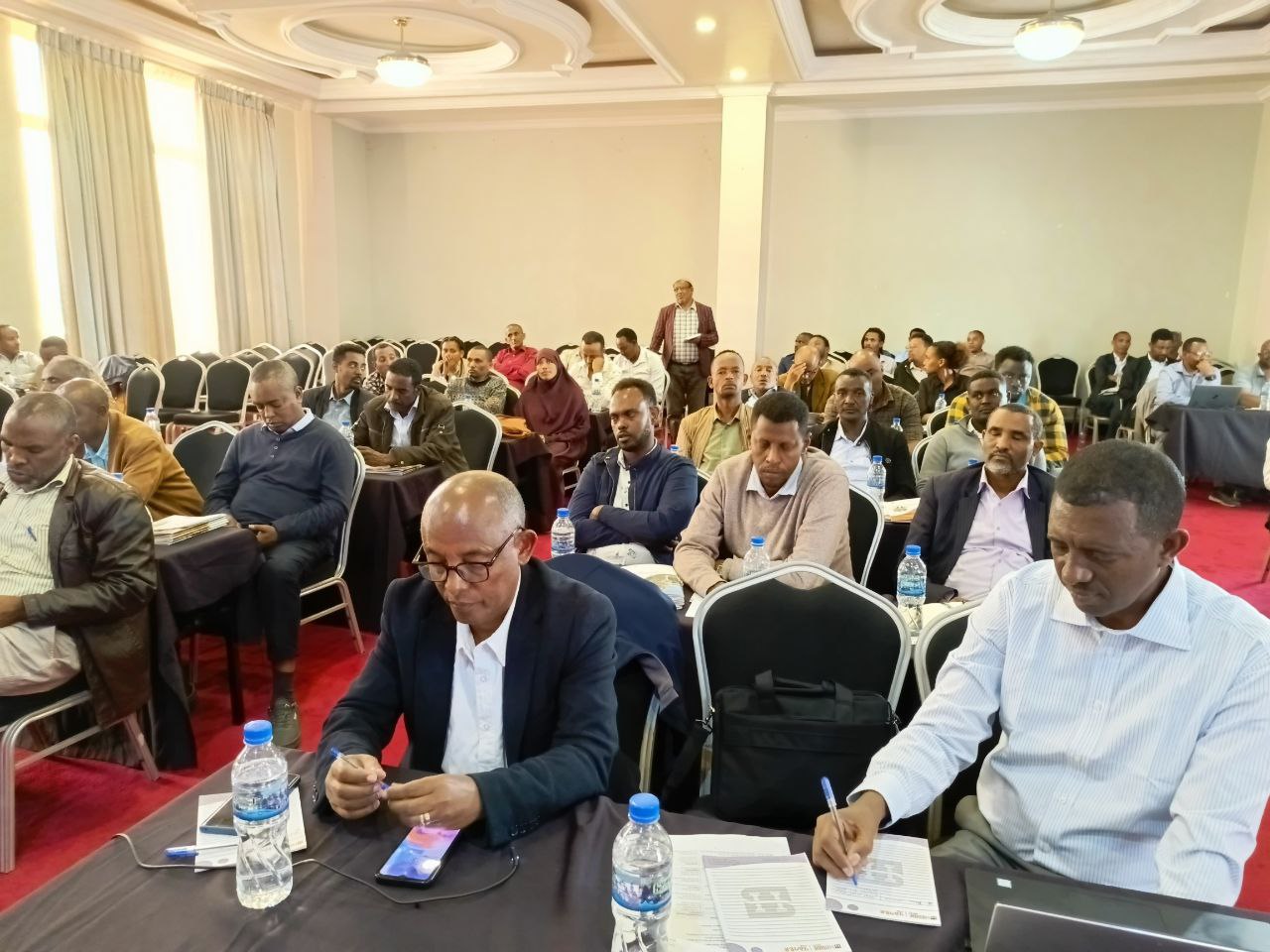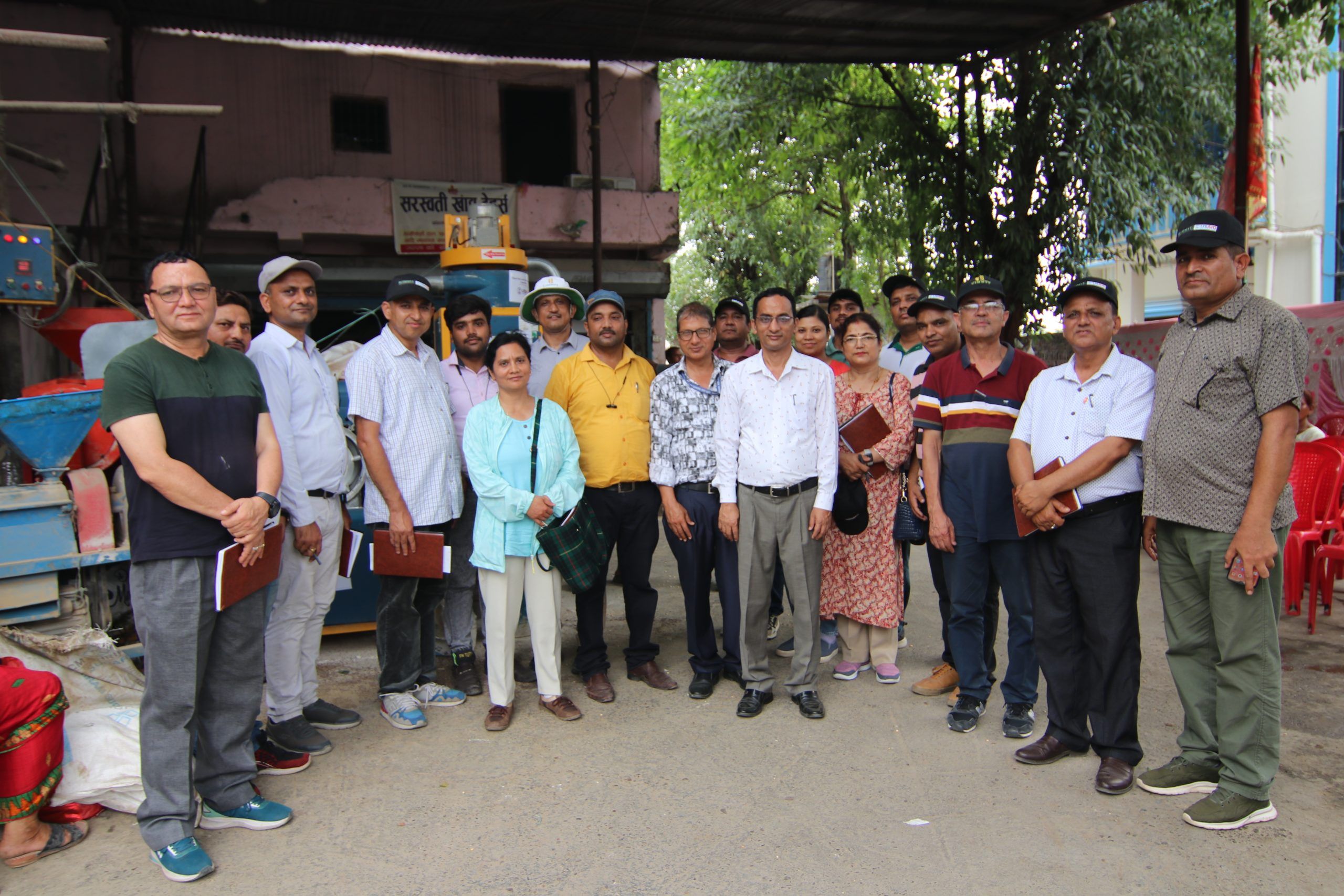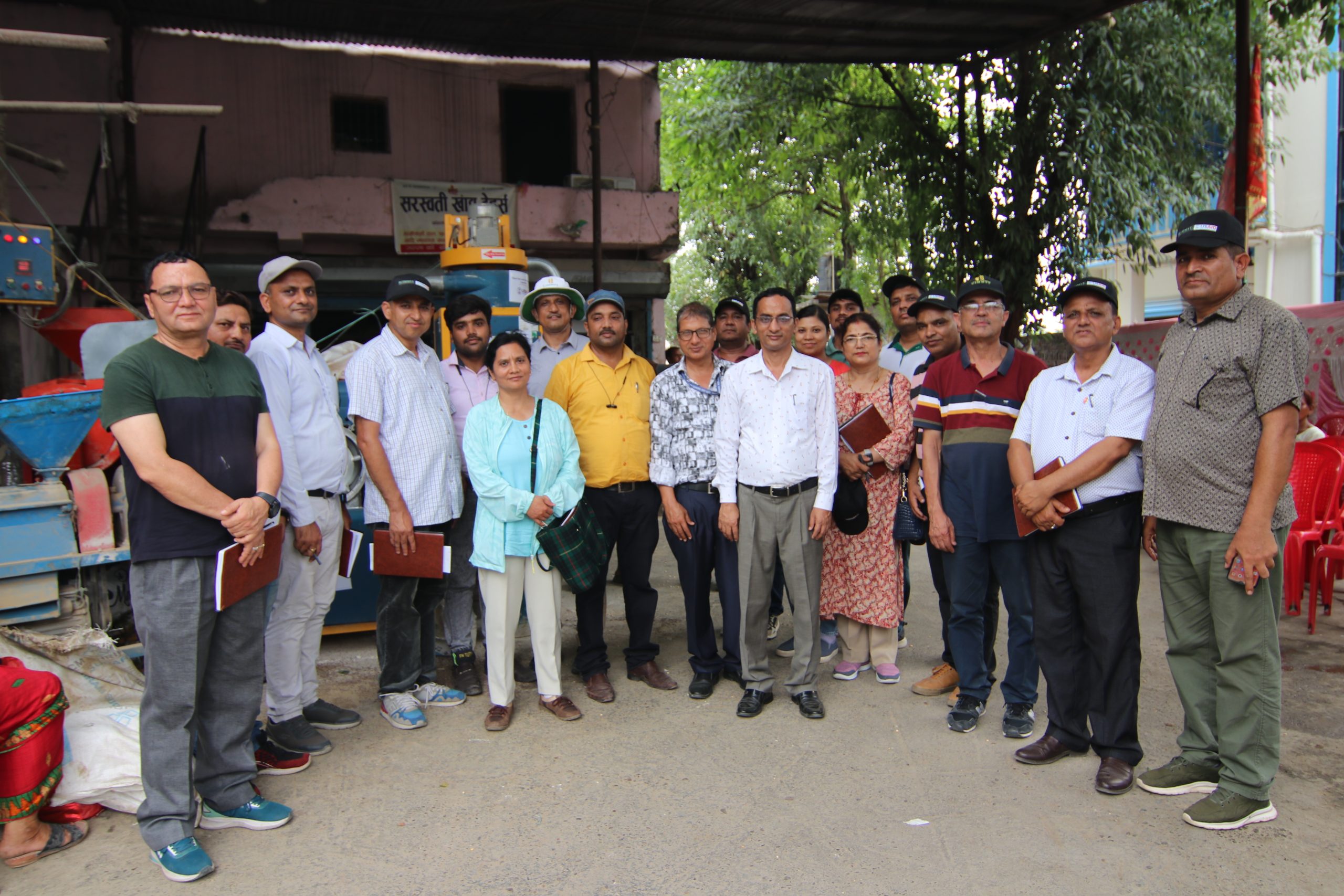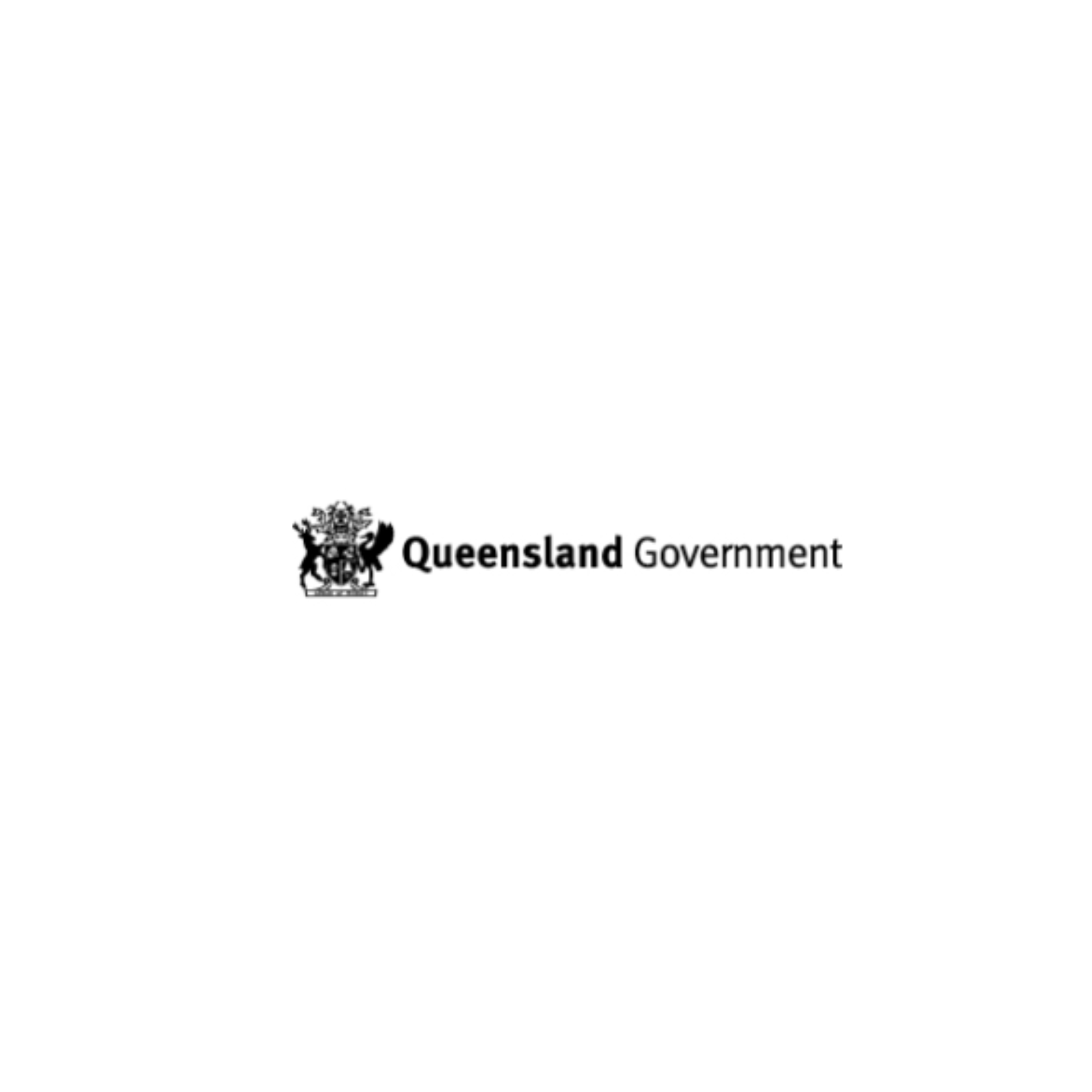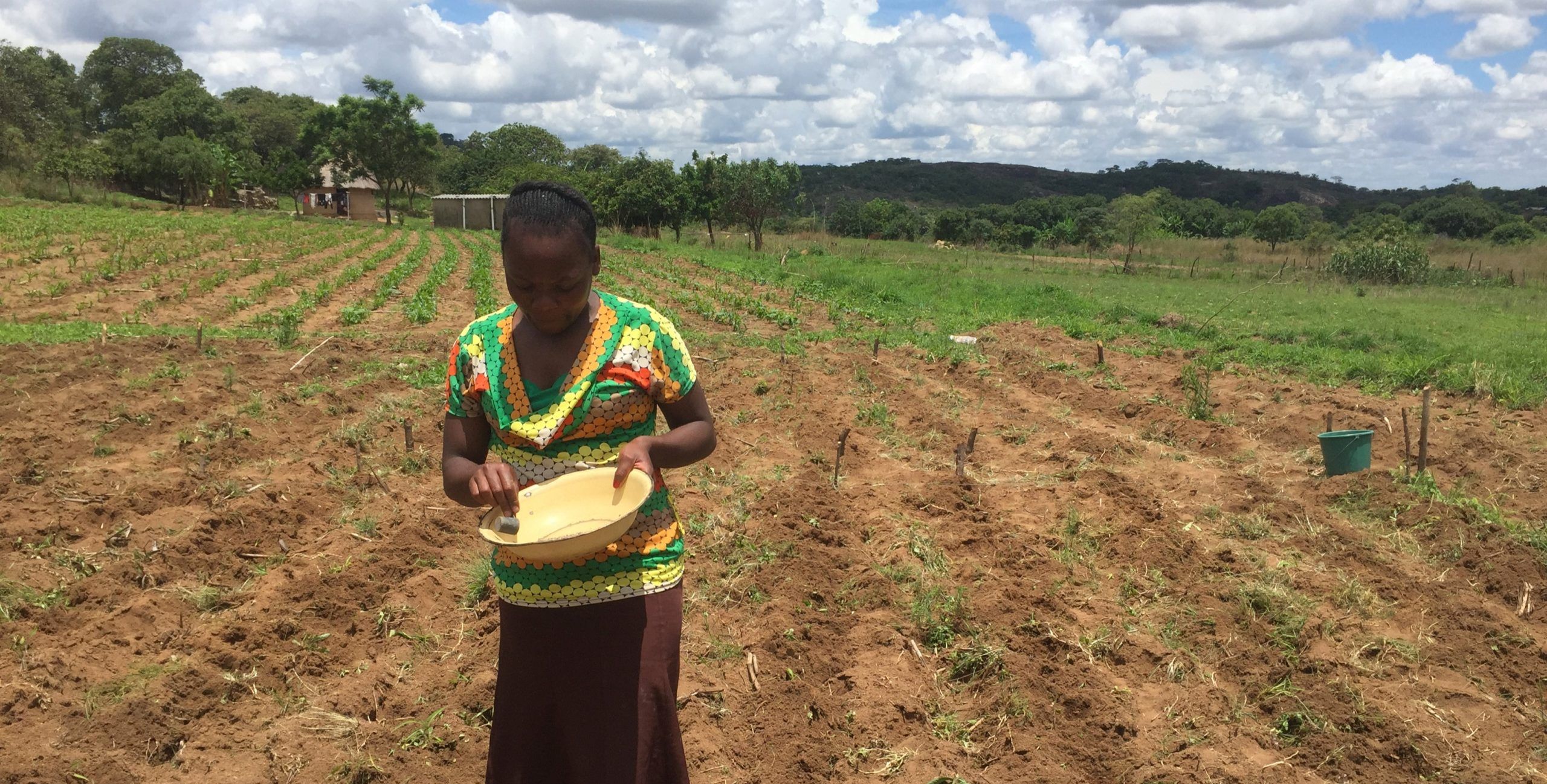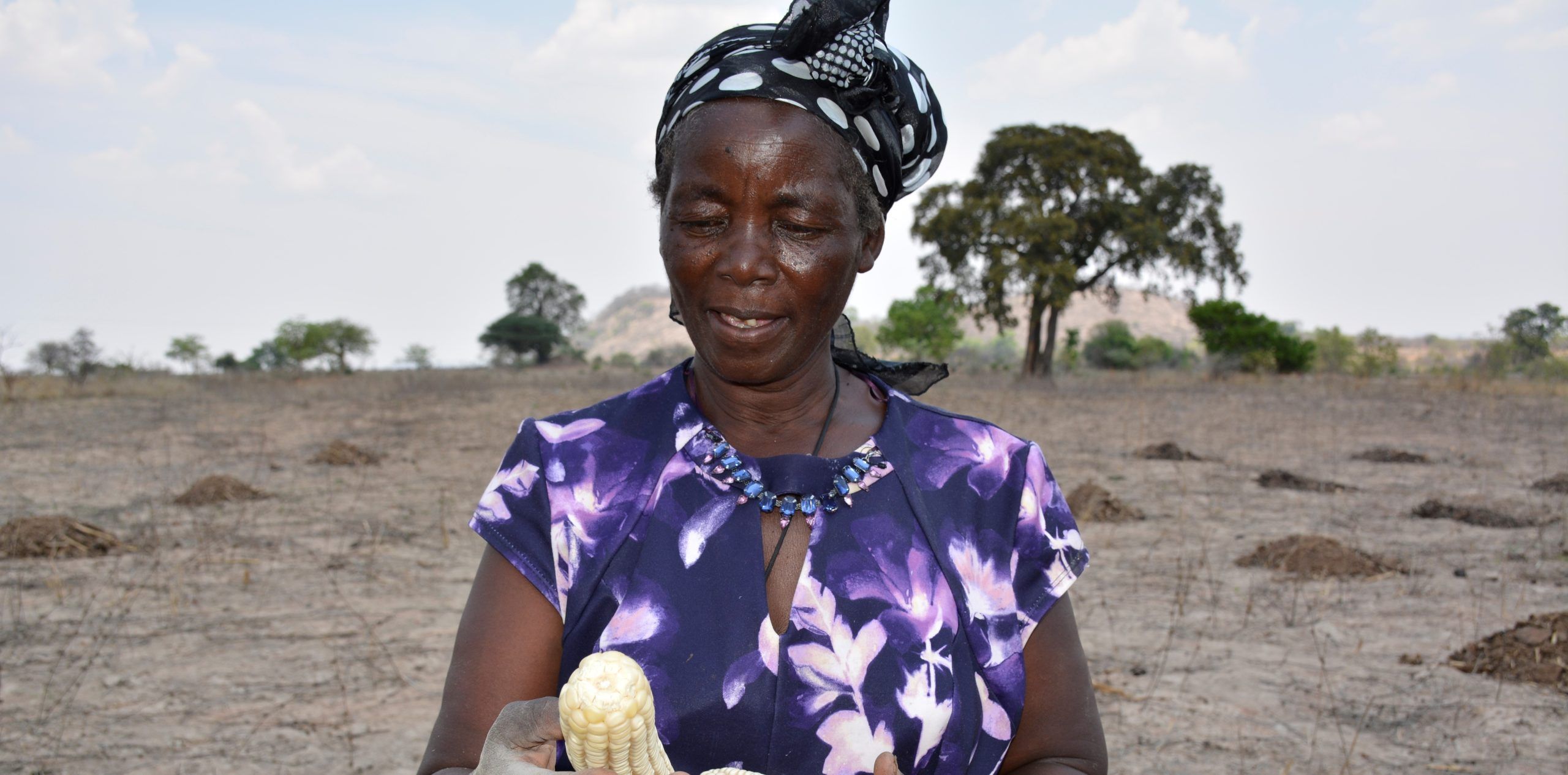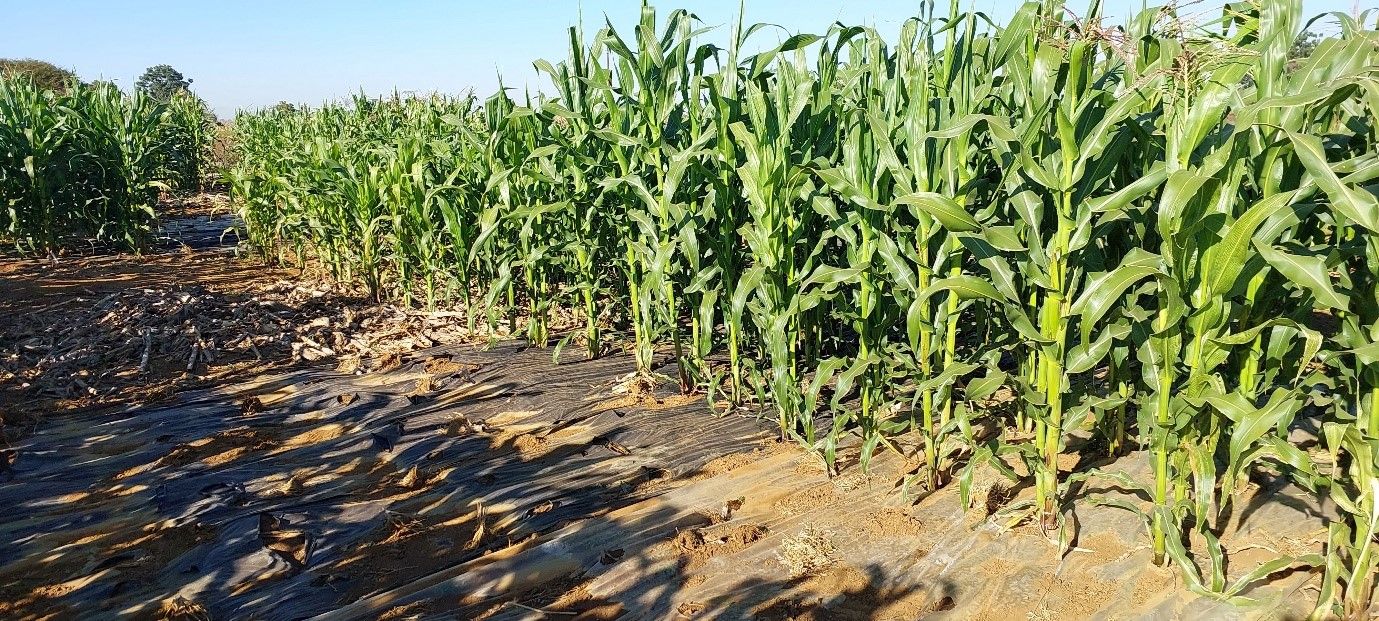Product Design Teams (PDTs): A client-oriented approach to defining market segments and target product profiles
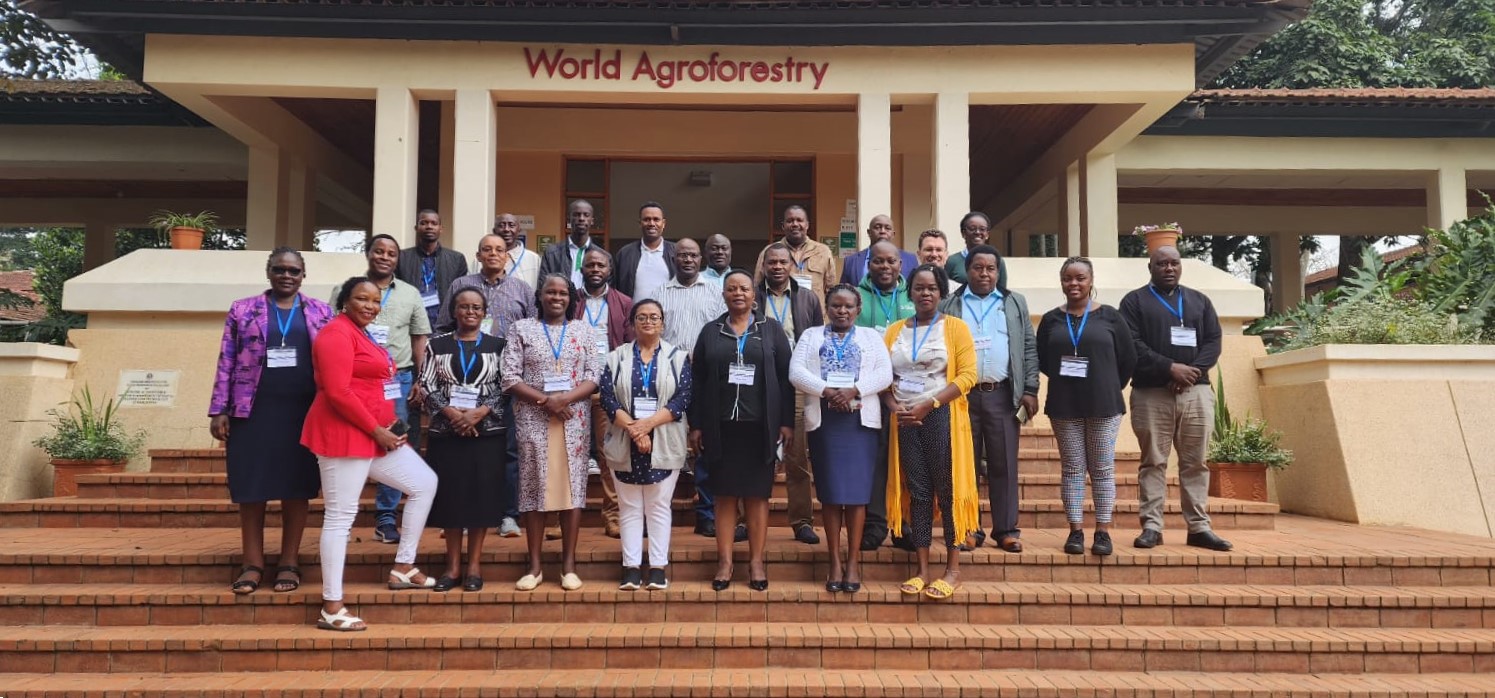
Product design teams (PDTs) are a CGIAR Accelerated Breeding Initiative innovation created to address the aforementioned challenges under the CGIAR-NARES partnership through coordinating SPMS and related TPPs. Each seed product market segment, which in the case of CGIAR is defined at sub-regional level, represents a unique set of requirements. Attached to the segment is a TPP which describes the ideal product to meet the requirements. Taken together, the framework provides a starting point for discussions by breeding teams on investment opportunities.
Discussions on market segments and TPPs need to develop over time as new insights are gained. Some requirements might be overlooked, and others may be emerging due to client requirements and changes in the context. There is a need for a greater understanding of the evolving requirements of the seed companies, farmers, processors, and consumers in the market segments that CGIAR serves. It must be recognized that not all requirements of farmers or consumers are amenable to breeding or efficient to incorporate in breeding pipelines – for example, some post-harvest losses or weed management can be best addressed by appropriate storage mechanisms and improved agronomic practices, respectively.
Product design teams (PDTs) were created to address the aforementioned challenges under the CGIAR-NARES partnership by and coordinating SPMS and related TPPs. A PDT is a group of crop breeding and seed systems stakeholders for a particular crop, who work together to design or redefine TPPs. PDTs have been envisioned to be cross-functional teams that meet annually with the following aims:
- Review the market segments at subregional and national levels, addressing critical questions, such as:
- Do the subregional segments capture country-level requirements?
- What is the opportunity for impact from breeding investments across market segments?
- Are there important market segments that have not been captured?
- What are the potential future segments that the team needs to consider?
- Review and update TPPs for each segment, addressing questions such as:
- Are any important traits missing?
- Are country-specific trait values factored?
- Are country-specific market-dominant varieties included in the market segment?
- Discuss the needs for market intelligence for the PDT:
- Unknowns regarding client requirements.
- Gaps regarding product design parameters.
Director of the Global Maize program at CIMMYT, B.M. Prasanna, said, “PDT meetings serve as an important platform to understand the perspectives of diverse and relevant stakeholders. These discussions enable us to reach a common understanding of the current market requirements and redefine TPPs to reflect needs across value streams through co-creation and shared responsibility.”
The impact of PDTs
Pieter Rutsaert, seed systems specialist at CIMMYT and the CGIAR Market Intelligence Initiative, participated in several PDTs on maize and other crops, such as groundnut. “PDTs are a useful format to understand the unknowns in terms of farmer, processor, and consumer requirements and generate questions that guide future work in market intelligence,” said Rutsaert.
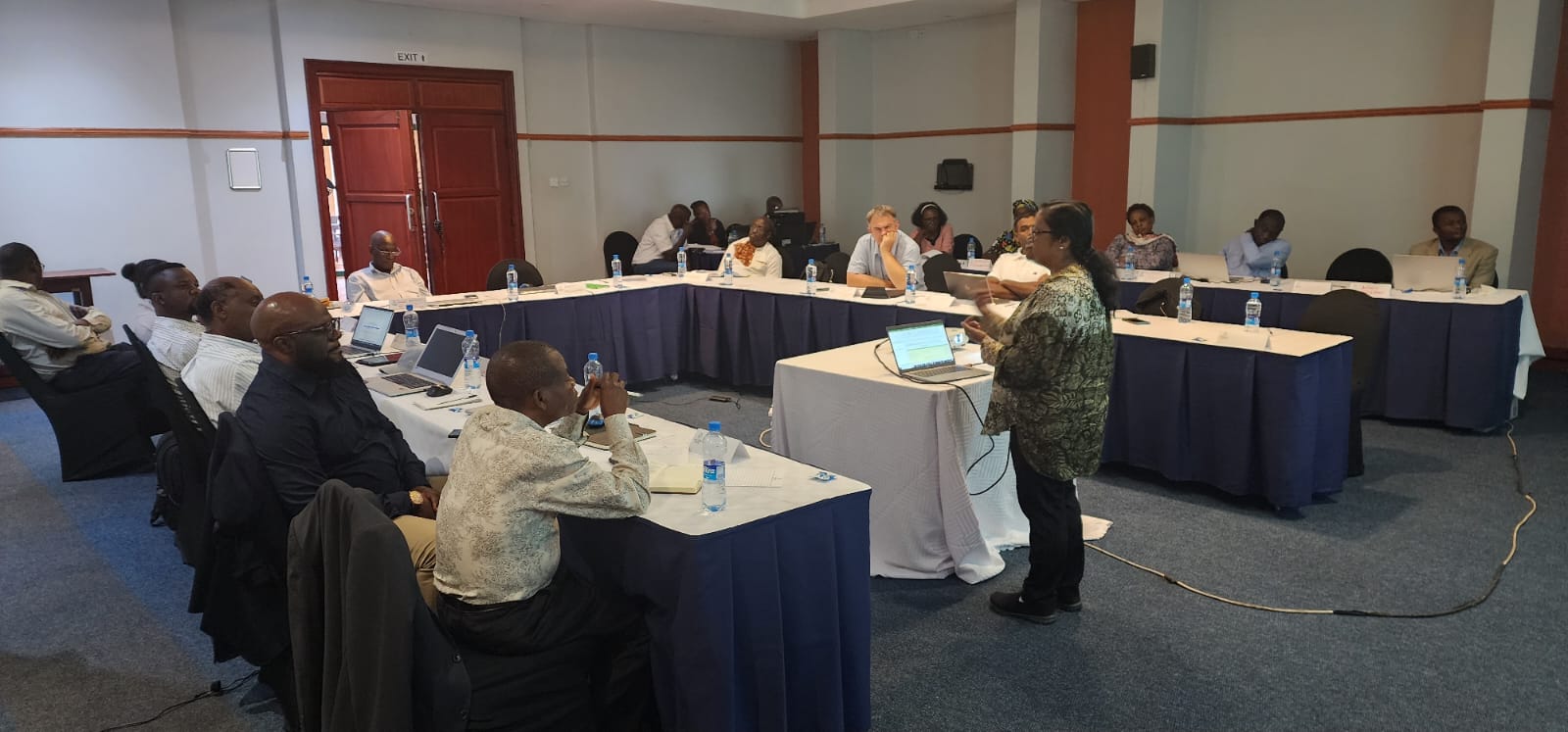
“PDTs will help in routine review of the product requirement for a specific country and will help to remove breeder bias and ensure that all stakeholders’ views are heard and considered”, said Aparna Das, technical program manager for the Global Maize program at CIMMYT.
The main requirements for constituting PDTs for a specific country are:
- A multidisciplinary team with 7 to 15 members, ensuring diversity of experience and providing reasonable time for decision-making.
- Must consist of a range of stakeholders, such as: breeders from NARES (often the PDT convener/lead) and CGIAR; representatives of farmers’ groups, seed companies, and food processors; gender specialists; and market intelligence specialists.
- 30% of members should be female.
- Should include a member from another crop breeding network, to bring a different perspective.
Bish Das, NARS coordinator, Dragan Milic, breeding specialist, and Lennin Musundire, breeding optimization specialist, from the CGIAR Accelerated Breeding Initiative team said, “Ultimately, the client-led approach to priority setting that CIMMYT’s Global Maize program is implementing in southern and eastern Africa ensures strong alignment with partners’ priorities and client requirements and better targeting of CGIAR regional maize breeding efforts.”
Case study: maize seed systems
CIMMYT’s Global Maize program has refined variety development to meet market needs across the value chain including farmers, processors, and consumers, thus enhancing variety adoption, which is the end goal of breeding pipelines. This has been implemented through the regional CGIAR-NARES-SMEs collaborative breeding networks and having ‘a bottom-up’ approach towards developing market segments and TPPs. This refers to building an understanding of end-users’ needs through inclusive in-country and regional stakeholder PDT meetings. PDTs also ensure that there are CGIAR-NARES-SME defined roles: a national mandate for NARES partners focusing on niche markets, the consolidated national mandate for CGIAR/NARES/SMEs, and a regional mandate for CGIAR Research Centers like CIMMYT.
In 2023, maize PDT teams were established and held meetings for five countries in eastern and southern Africa: Zambia, Ethiopia, Kenya, Zimbabwe, and Uganda. These meetings brought together stakeholders from different fields who play an important role in product development and seed systems (national partners and seed companies), varietal release (representatives from regulatory agencies) and end-product users (for example, millers).
The advantages of TDPs are emphasized by Godfrey Asea, director of Research and Daniel Bomet Kwemoi, maize breeder at the National Agricultural Research Organization (NARO) in Uganda. They highlighted that the NARO maize program has now begun a systematic journey toward modernizing its breeding program. The PDT team validated the country’s market segments and aligned five product profiles with two major target production environments (TPEs), with the mid-altitude regions taking 85% of the maize seed market and the highlands accounting for 15%. “These TPPs will be reviewed annually by the PDT since market segments tend to be dynamic. The breeding program has reclassified and aligned breeding the germplasm to TPPs, which will guide effective resource allocation based on the market shares,” said Asea.
Feedback on PDT meetings so far suggests positive experiences from stakeholders. Wendy Madzura, head of agronomy at SeedCo in Zimbabwe, said, “The unique PDT meeting held at CIMMYT in Zimbabwe provided a conducive environment for public and private stakeholders to have meaningful and honest discussions on the current market segments and TPPs.” Plans for continuous improvement are embedded in the PDT model. “As a follow-up to the PDT meeting, there is a need for further involvement of various stakeholders at the village, ward, and district levels to enable deeper insights and reach because the client needs are constantly changing,” said Madzura.


